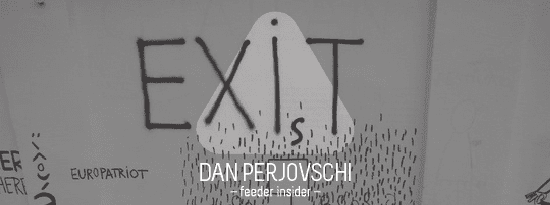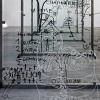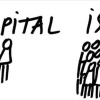feeder insider w/ Dan Perjovschi
Illustrator, commentator, and catalyst involved without being propagandistic, Dan Perjovschi approaches social and political themes through his works. Whether they materialize on walls, windows or sidewalks, his works represent introspective territories which frequently go beyond the field of drawing into the realm of performance. Through simple and decisive lines, Dan Perjovschi outlines the people’s discontent and encapsulates deep observations on the current context, both locally and globally.
keywords: comment, global, black on white, political, humour, freedom
My days begin with… coffee, Facebook, and drawing in my little notebook.
The song which sums up 2015 for me… no idea about the song, but the image of Ahmed the Muslim policeman shot in the face at Charlie Hebdo is something I will never forget.
I’m amused by… everything, and right after that it gets me down and it just goes back and forth.
I have zero tolerance for… the giants of the day and cardboard patriots.
I’d like to live in… a country with 24 degrees all year round.
You’ll frequently hear me say… shit.
My favorite moments are… when I’m drawing on a wall somewhere in the world.
The current main issue is… poverty.
When I want to disconnect… I watch movies.
3 artists I resonate with… Lia, Mike Nelson and the rest of the sensational bunch spread across all the meridians.
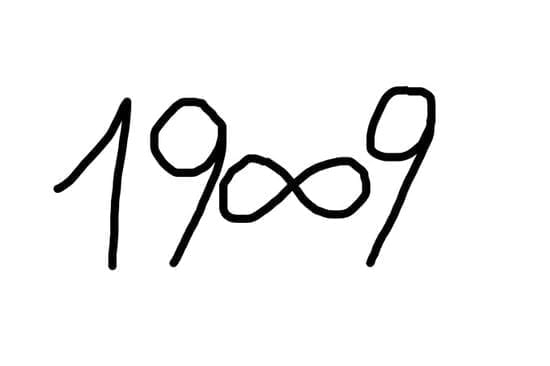
Violeta Năzare: Hello, Dan! October was off to a good start for you: a workshop in Timișoara at Balamuc / loc de joacă ș-altele as a part of Art Encounters, taking part in The Power of Storytelling in Bucharest as one of the speakers and you’re currently on display at la CEREFREA – Villa Noël for Bucharest Art Week. Tell us a bit about the works in this last exhibition: how were they made and what reaction did you aim to obtain by presenting them?
Dan Perjovschi: The world expects to see drawings and I’m showing sculptures. A wire mesh with a thousand little people and about another five thousand cut out of paper and displayed in the institution’s library… pretty cool. Oh and I also gave away a newspaper with drawings published in France this year as a result of the Je Suis Charlie debate. I did an intervention (not an exhibition) in a space which was reserved for academic research on social and political themes. A perfect context for what I do. The opening had a big turnout and two days later an international seminar on Roland Barthes started in that exact place.

V.N.: You’ve had a long relationship with 22 Magazine as an illustrator and writer for the publications ever since its early issues in 1990. Text and drawing overlapped on the course of your career in order to achieve precise commentaries, perfectly synchronized with the social and political pulse, but which one came first? Are there any major differences in terms of expression or creative process between the two mediums?
D.P.: I started publishing drawings somewhere around issue no. 50/1990 and I became a full-time graphician at the 100th. It’s been just me since 1994 (with a work permit too). Up to this day. I’ve also been a designer and a proofreader and an assistant editor-in-chief. Now I’m a sort of exiled 22-er and I only handle my own drawings. I don’t have time for extra responsibilities.
I relearned to draw from books. I’d read and draw what it was I was reading or try to make a synthetic cover cooler than the book itself. Faulkner, Salinger, Max Frish, Allain Robbe Grillet, Marguerite Duras have been better teachers to me than the ones I had in high school and college. But working at a political weekly publication shook the way I was thinking to the core, followed by the way I was drawing. The text around it had made its mark. My installations today are drawings whose accompanying texts I hid. Starting with the year 2000, be it text or image, it’s the same thing.
I’m currently working more with words. I don’t take the image out of the word anymore, I leave it there for you to picture it. When I write Life and accentuate if, I let you imagine What if?
V.N.: What do you think is the role of art in society given the contemporary context and how has it changed over the ages? Is there still art which solely pursues and aesthetic goal?
D.P.: There is, but it’s not my art. The truth is that aesthetics and the concept of “beautiful” kept changing. We’ve become more conceptually “anorexic”. Even the word “pure” has a fundamentalist ring to it these days… I’m all for socially pulsating art and I define myself as an artist and as a citizen. I’ve always wanted and managed to become popular for both the art museum’s manager and its doorman.
V.N.: Your drawings appear on walls, floors, windows, on the ceiling, on the street, on the sidewalk, on façades, in newspapers, books, on the Internet, always in the shape of temporary, ephemeral works, which seems to contrast with the very notion of art, as a product which endures the ages and has the capacity to touch and spread its message to future generations. What led you to choose these surfaces and work techniques? How do you feel about the fact that your works can’t be preserved?
D.P.: Limited resources. The will to be read more freely and to not have to answer to the idiot in customs who asks about your art what is this? Do you realize how great this is? I’ll get on a plane tonight if someone serious calls. I’ll go and draw whatever I want… Do you understand? It’s worth sacrificing your posterity…
Nothing endure. Except maybe the pyramids… For the most part, my performance is obliterated, washed off, painted over. Not the ideas. What remains is the printed materials, the notebooks, facebook.
For many years I’ve looked for a practice which flows, free of constraints, customs and taxes to enable me a sort of free style. And through experiments, I got to drawing on walls without any planning. The curator inviting me has no idea what I will or won’t draw. It’s a carte blanche for black and white walls.
What is preserved in the theater? What remains in dance?
And to answer your question: I feel fine. Whatever I did wrong has been erased and I have the chance to do it better over and over again. For 15 years I’ve been doing the same project on and on round the entire world…
V.N.: Your style is unmistakable, not through the repetition of particular figurative elements, but due to its arresting simplicity. Why did you choose to restrict yourself to stick figures and linear drawings?
D.P.: Because I’m not good at color. I can’t control its coding (red equals blood or communists or Porsche – there you have it, try to get rid of that). But it’s also because I wanted to be direct, conceptual and somewhat definitive in the statement I draw. The more complicated the world I illustrate, the simpler my drawing. And as a post scriptum, I wanted to give the impression that you too, dear reader, can do it… all you lack is 25 years of practice.
V.N.: What are the best instruments for writing on walls and the other unconventional mediums you employ? Do you have a favorite marker type? What do you arm yourself with before an exhibition?
D.P.: For the white wall, it’s Edding and Molotov, for windows Posca and black walls go with basic school-style chalk. I favor these brands because: a) they’re easier to cover than others and keep it simple for the host, b) they stay black on the wall or window. pane in the case of Posca. Posca is washable with water.
And chalk is chalk… 50 pieces for 10 lei.
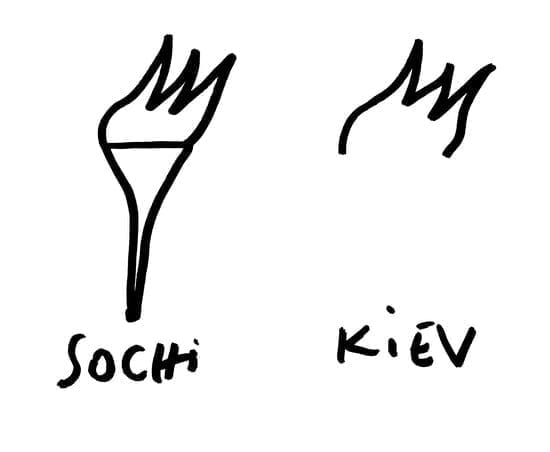
V.N.: Your work has been on display in the US, Portugal, Spain, Germany, France, Italy, Great Britain, Mexico and many more countries. How important is international recognition? Was it a result you consciously aimed for? How do you manage to connect to the mentality and current state of affairs of other nations, be relevant for other cultures?
D.P.: Aside from Africa I showed my works everywhere. But I’ll get there too next year. My pictures aren’t necessarily specific to the site, but time specific. Which means whatever is happening at that time in that place and worldwide, local-global. Micro-macro, drinking coffee and the war in Syria.
I mix it up the same way we all do because throughout the day we are both serious and cheerful, both profound and shallow.
I take advantage of global culture and commodification. Mac is Mac everywhere.
V.N.: What other projects do you have planned? And what other spaces are there left to conquer?
D.P.: I’m going to the Medellin biennale and right after it to the one in Jakarta, ending the year in Târgu Mureș. How does that sound?
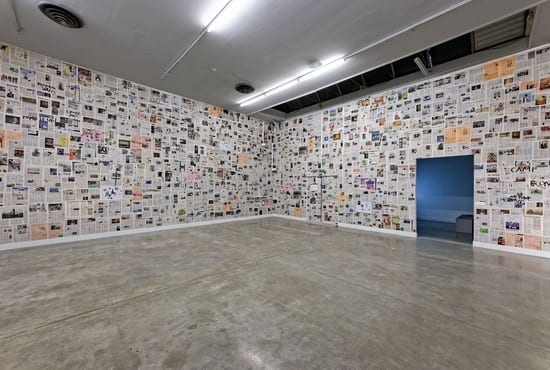
V.N.: One of the subjects you approach in your drawings is the Internet and our relationship with technology. What’s your perspective: are the connections they facilitate and online solidarity authentic or just for show, in fact desensitizing people through excessive exposure?
D.P.: Different worlds with different relationships. Some people grew up with books, others with tablets and some without one or the other. Everybody has the impression that the next generation is dumber, listens to idiotic music and dresses all wrong. Facebook can be used for starting a revolution or for showing off your cat. And yet I see that instead of connecting people it seems to isolate them. Look at the people talking to themselves on the street or crossing the street with their faces glued to their iPhones… I have a drawing where I replace I Am with I-Phone.
I had a performance project – I spent 3 days making chalk drawings in the middle of the IFA technology fair in Berlin. I liked it and they liked it. So there are bridges.
I’m low on a desire for high tech. I have a semi-smart phone, I draw with my finger directly on my laptop and I post daily on Facebook. I draw with my head.
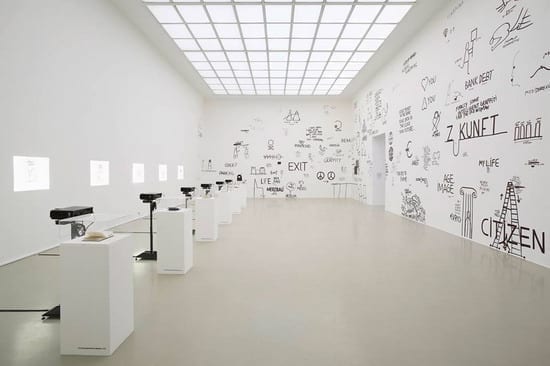
V.N.: Through the insider series, feeder sets on an exploration of the universe outside of music and visual arts by means of in-depth conversations on motivation, execution, and perception in art. What were the people who inspired and influenced you most throughout your career?
D.P.: All the teachers and artists I didn’t like, because I stayed away from their ideas and paintings. My biggest influence has been Lia Perjovschi, my partner.
V.N.: It’s been a pleasure!
Words by Violeta Năzare
Photos © Dan Perjovschi






